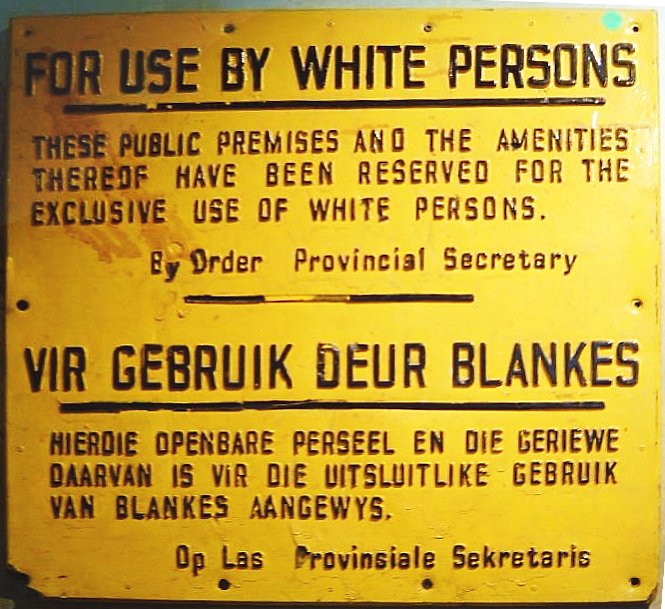[Note from Kathie Malley-Morrison: Today’s post is written by Ross Berriman, a rising senior at Middlebury College in Vermont, majoring in psychology and sociology. He lives near Pietermaritzburg, South Africa, and is currently a student in Psychology of War and Peace at Boston University and a regular commenter on this blog.]

When I was asked to comment on my views about the Truth and Reconciliation Commission (TRC), I was immediately struck by how little I knew about the process. As a South African, I feel that I should know more about my country and its involvement in one of the most revolutionary reconciliation processes in modern history.
What shocked me even further was that I do not even remember learning or even talking about the TRC during school. In fact, the TRC seemed like something that people wanted to forget.
From the perspective of a white South African, I can understand this notion of wanting to put the past behind us, as it is shameful to think of what we and our forefathers did to generations of people of color. And yet, if I were a black person in South Africa, I might feel angry and frustrated that some of the enforcers and leaders of the regime have literally gotten away with murder.
I find it very difficult to understand the courage that it must take to be a person of color in South Africa and to forgive white people for centuries of injustice suffered at their hands.
Today South Africa is a beacon of light for countries experiencing conflict. It provides the world with a reason to believe that nations can overcome their pasts and move forward into peaceful democracies without discrimination, where everyone is respected by the constitution.
Personally, I think that the TRC was the best thing for South Africa, and I doubt that we would have had such a successful and peaceful transition of power and 17 years of freedom without it.
Ross Berriman
